Decentralizing the Web: A Conversation on Power, Control, and the Internet

A powerful conversation about technology and power and how the internet which once started as a decentralized system, has become highly controlled by just a few corporations. A session happened at Free Software and Hardware Movement (FSHM) in Pondicherry, Noordine guided a group of people through the topic decentralisation of the web.
Facilitator: Noordine (Full stack Engineer, Servelots)
Event: FSHM Pondicherry Community Session
Date: 20 April 2025
🧠 Starting with a Simple Question: What Is Politics?
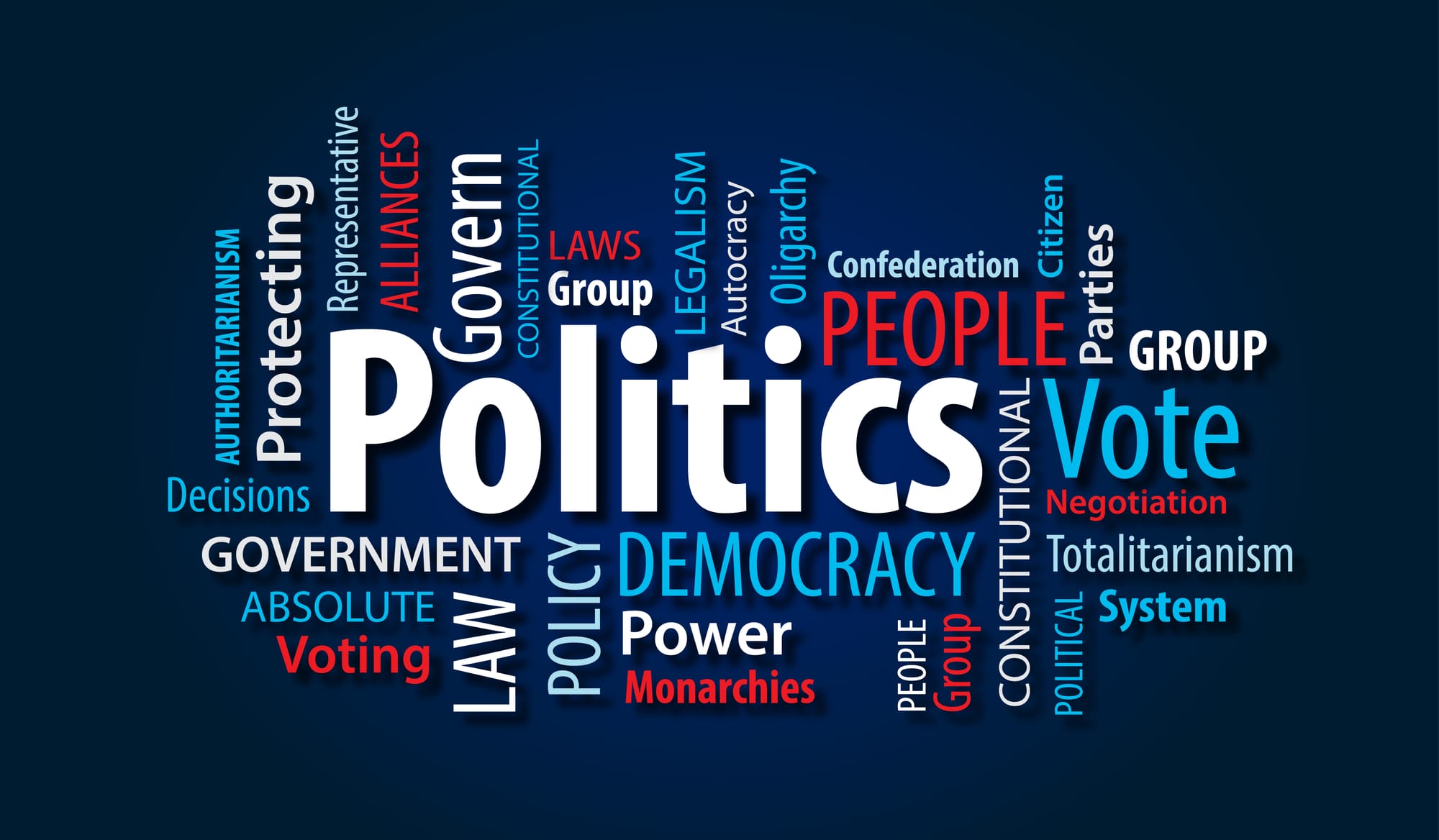
Noordine opened the session with a simple yet thoughtful question, “What is politics?” the answers varied, but he brought everyone back to a powerful core idea:
Politics, at its core, is about power—how it's used, who holds it, and to what extent.
When we think about power in tech, we enter the world of techno-politics. And that’s where things start to get uncomfortable.
🌐Welcome to the Era of Digital Colonization
India may have gained political independence in 1947, however, have we truly realized our freedom, or have we simply traded one kind of colonizer for another?
Have you ever thought about how much control big tech companies have over our daily life?
Think about it—where do you shop online? Where do you stream movies? Where do you search for anything on the internet?
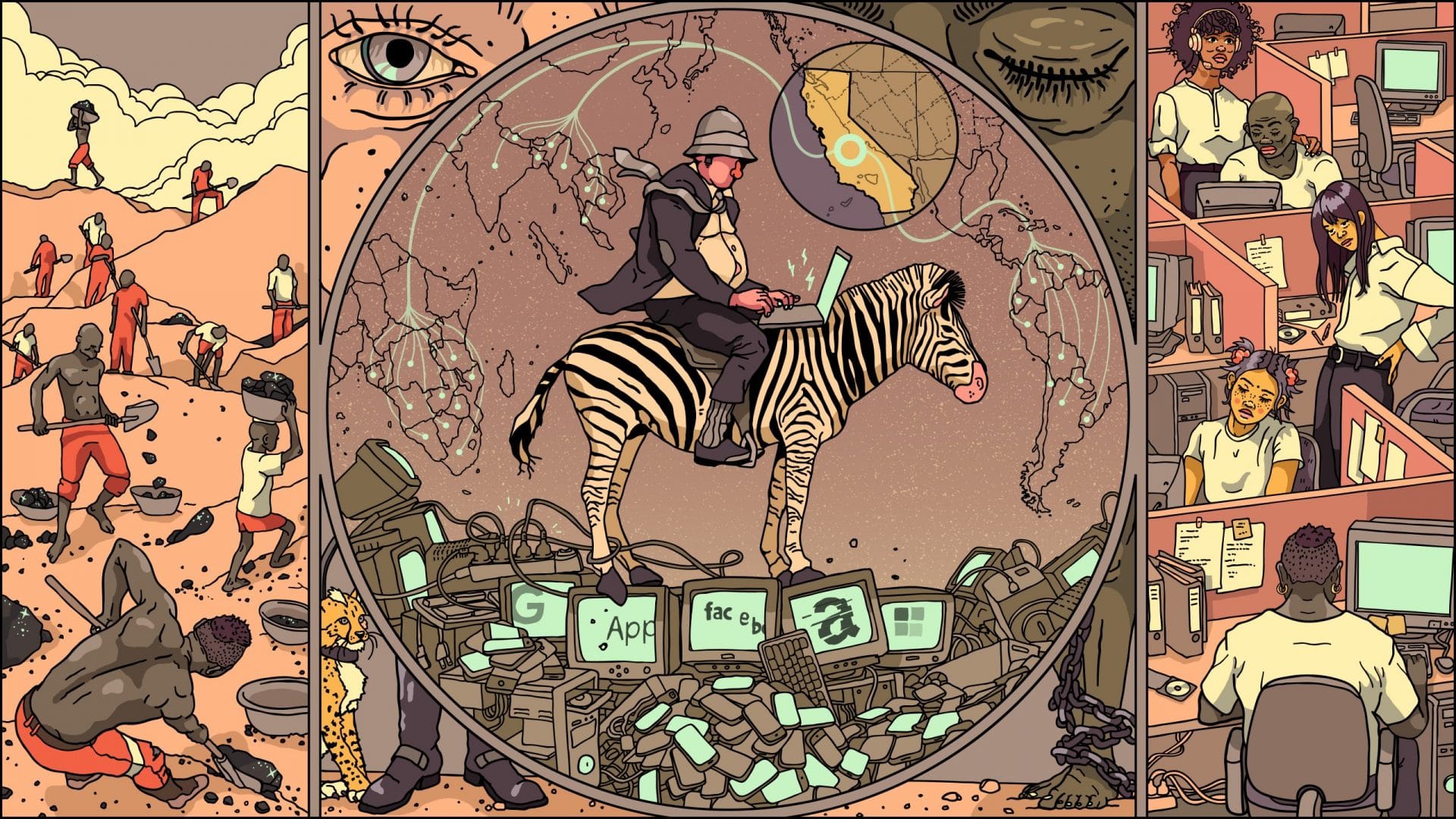
Today, a small number of companies dominate how we interact with the internet:
• Shopping? Amazon
• Movies and videos? Netflix & Youtube
• Searching for anything? Google
• Social media? Instagram, Facebook, Twitter
• Even the laptop’s operating system? Microsoft Windows/ Mac OS
These platforms aren't just service providers or businesses; they’re the gatekeepers—They collect our data, control what information reaches us, and subtly shape what we think and nudging our behaviours. A modern form of control, driven not by armies, but by algorithms and data.
In this way, digital colonization doesn’t need soldiers or flags—just lines of code, powerful algorithms, and endless scrolling to keep us hooked and often misinformed. Thus our digital world is still under foreign rule. The tools meant to connect and empower us have become levers of influence—turning users into products, and information into power.
But here’s the good news: we’re not powerless. There are free and open alternatives that respect our freedom, don’t exploit our data, and are built by communities, not corporations.
One among the solution is using Linux as OS. Linux is free, open-source software—built and governed by communities around the world, not by a single company. It powers servers, desktops, and even Android phones. Choosing Linux (or any other open-source system) means opting out of the usual gatekeepers and reclaiming control of your own device.
Furthermore, I did some digging—and turns out, there’s a whole world of open, community-built tools out there:
• For searching, DuckDuckGo and Searx—they don’t track you.
• For videos, there’s PeerTube, which is fully decentralized.
• For video and media playback, we’ve all been using VLC Media Player, a powerful, open-source tool—for years without even thinking about it. It's a great reminder that open-source software can be both popular and reliable.
• For social media, there’s the Fediverse—apps like Mastodonand Pixelfed let you post and connect without a central company watching over you.
• For shopping, the platforms like PrestaShop, WooCommerce, Odoo, and Zen Cart let local sellers and communities build their own online stores without relying on other centralized platforms.
• For operating system try Linux—free, community-driven, and trusted by developers and governments alike.
🧵 A Brief History: The Internet Was Meant to Be Decentralized
Most people don’t realize this, but the internet actually started as a decentralized idea.
In the early days, computers used vacuum tubes and were mostly used by the military. When the U.S. was in the Cold War with the Soviet Union, they needed a system that could still function even if part of it was destroyed in an attack. That’s how ARPANET was born—the foundation of what would become the internet.
It was designed to be resilient and decentralized—no single point of failure.
But over time, that changed.
🛠️ Internet vs Web: What’s the Difference?
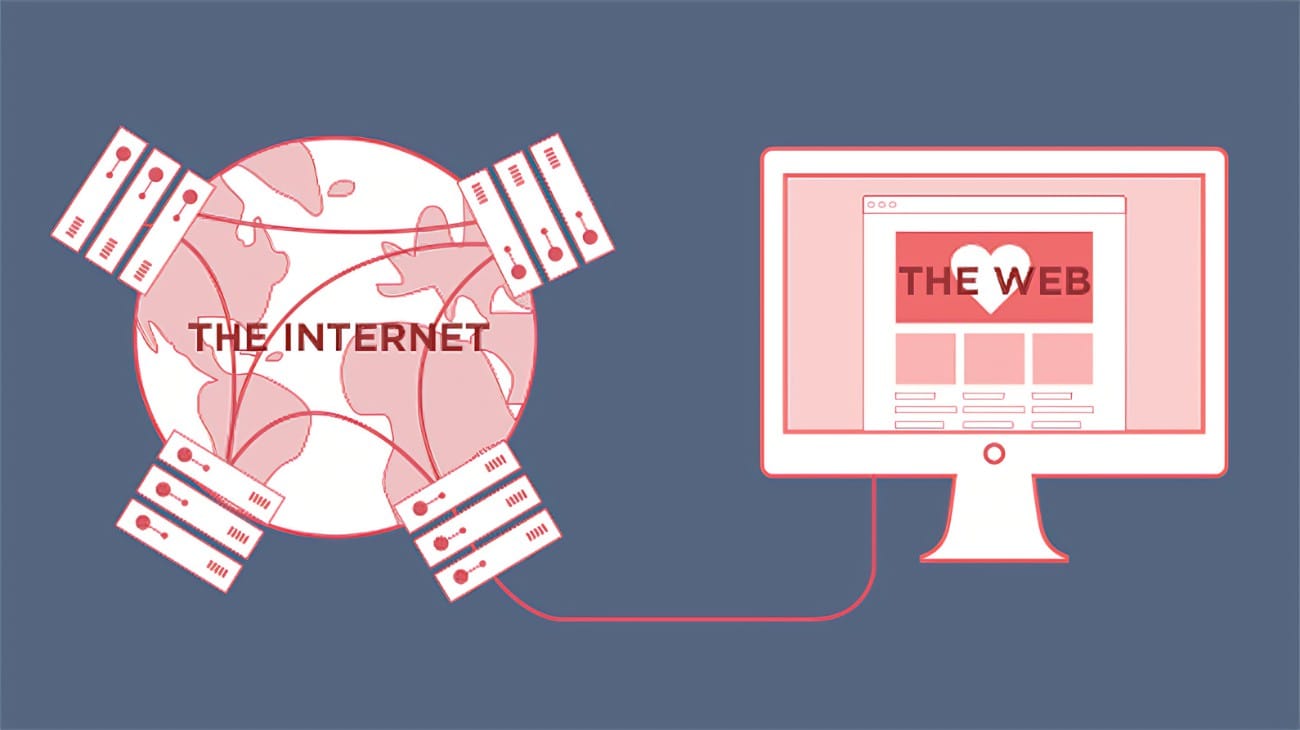
There’s a difference between the Internet and the Web:
• The Internet refers to the physical infrastructure—wires, satellites, routers. Think of it like roads.
• The Web is what we use on top of that—websites, apps, content. Like the vehicles on the roads.
The web uses different protocols like:
• HTTP (for browsing)
• SMTP (for email)
• SSH (for secure access)
• FTP (for file transfers)
🌐 Who Owns the Web?
A submarine cable map (https://www.submarinecablemap.com/)reveals how internet data travels across the world. It’s easy to forget that the internet is a real, physical thing—with cables lying under the ocean, connecting continents.
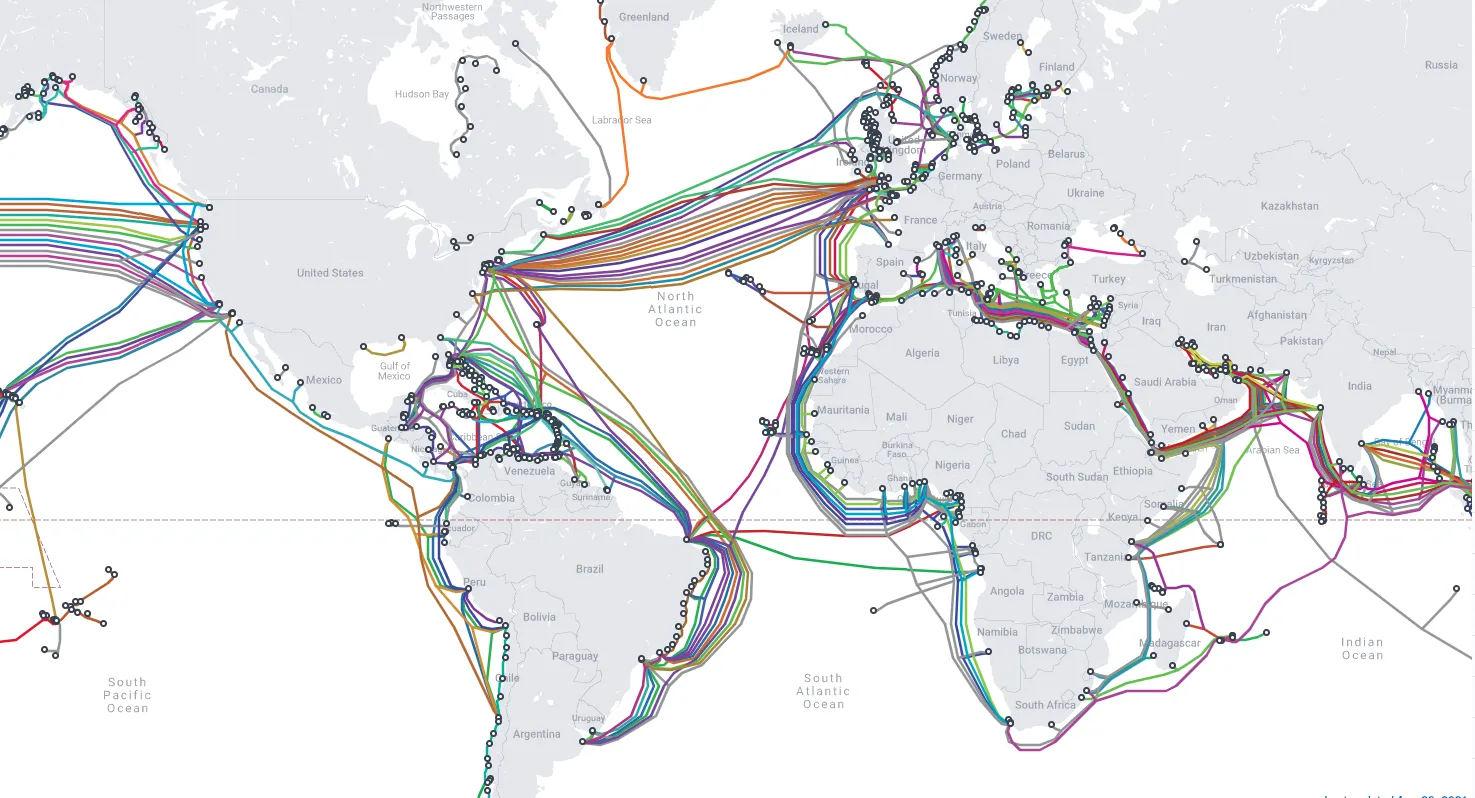
But what’s more important is who owns and controls these connections.
This led to a deep discussion about centralized, distributed, and decentralized systems.
Just because data is spread out doesn't mean it’s decentralized, if one company makes all the decisions, it’s still centralized. True decentralization is about shared governance, not just where the data lives.
Community ownership is not the same as corporate ownership. In a truly decentralized system, you shouldn’t have to wonder where your data lives or who’s running the servers—if you do, that’s a sign the power still rests in a central authority. What really matters is who holds the decision-making power: in community-owned networks, every participant has a say; in corporate systems, only the company does.
💡 The Fediverse: More Than Just Data Ownership
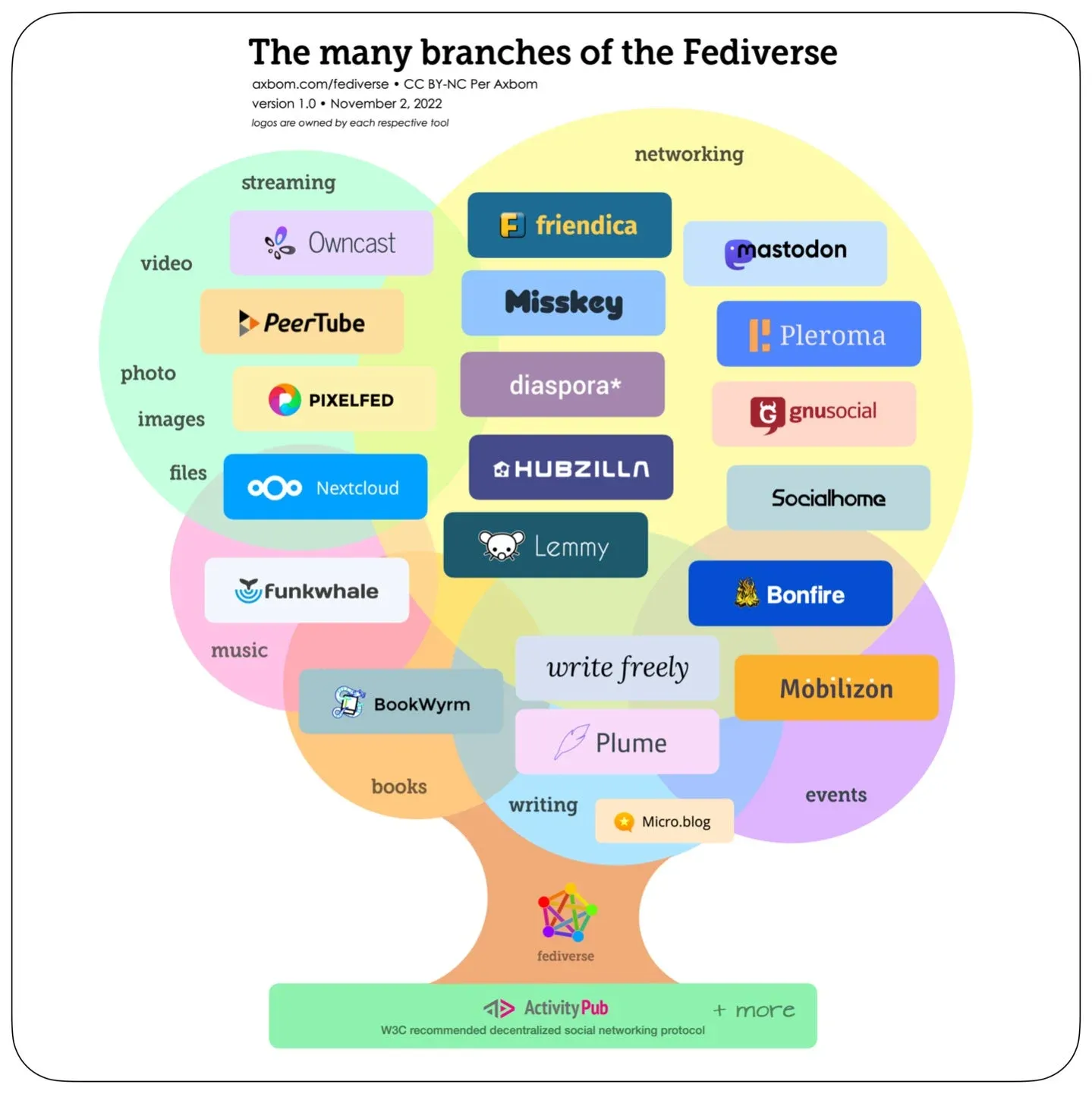
We learned about ActivityPub, a protocol that powers the Fediverse—a network of decentralized apps like:
• Mastodon for microblogging
• PeerTube for videos
• PixelFed for photos
These platforms aren’t just alternatives to big tech—they’re part of a movement to shift power back to the people.
It’s not just about where data is stored. It’s about who decides what happens with it.
🚫 Internet Shutdowns: Who Gets to Pull the Plug?
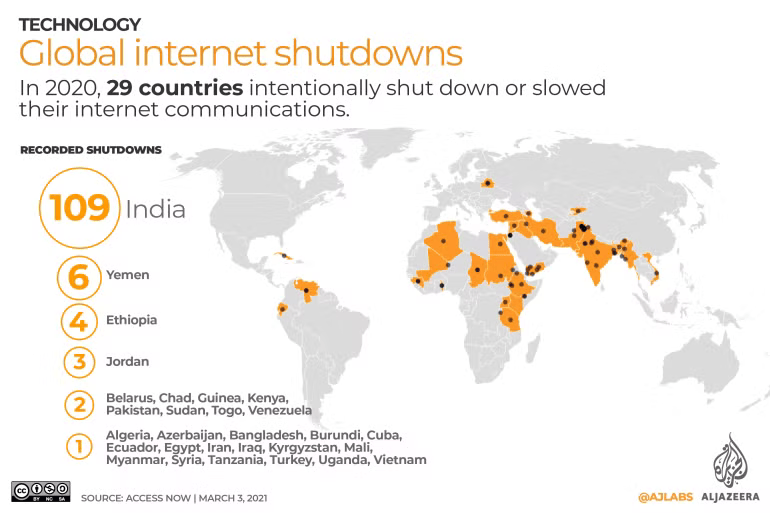
The session led us to a sobering fact: India leads the world in internet shutdowns.
When the government shuts down the internet—whether for protests, elections, or “security”—it’s not just an inconvenience. It’s a way to control the flow of information and silence people.
Noordine asked us to reflect:
"In times of crisis, who controls your connection to the outside world?"
The answer to that question reveals a lot about where power really lives.
🛜 What Is a Mesh Network?
Noordine shared that his organization, Janastu, is using the mesh network setup to bring internet access to remote villages in Karnataka. This is community-powered internet, designed for resilience and ownership.
Here’s where things got practical. We get introduced to mesh networks (with the example PYMesh Network-https://pymeshnet.gitlab.io/) —a way to create a local, decentralized internet where devices talk to each other directly, without relying on a central server. No single company controls it, and every node operator shares in governance. That’s decentralization in action.
Imagine a neighborhood where every house is connected to the others like a spider web. If one part fails, the rest still works.
In fact, in order to try it out a simple mesh network can be built with:
• A basic router (approx. ₹1,000)
• Some Ethernet cables (approx. ₹300)
✊ Final Thoughts
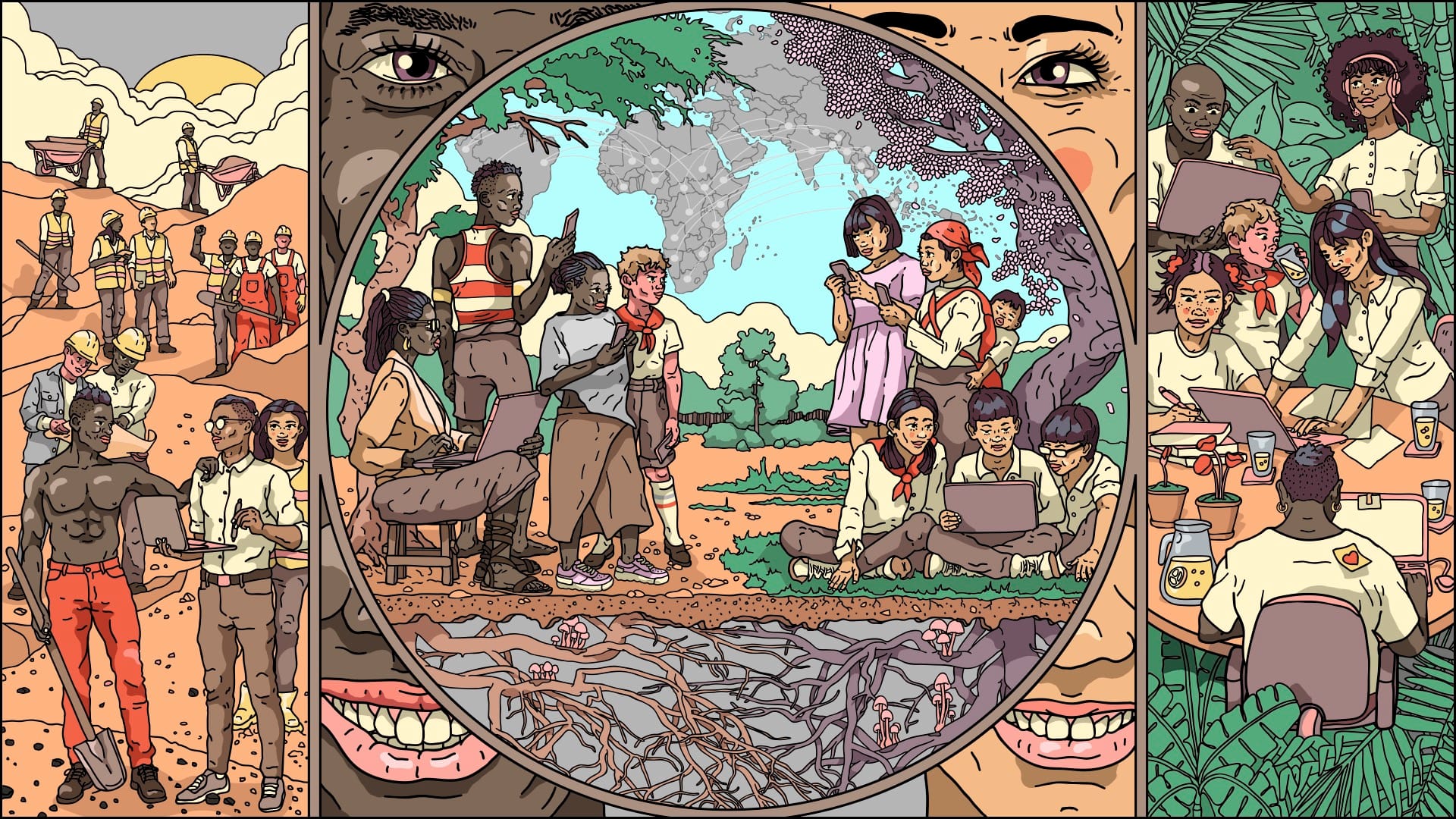
This session went beyond technology. It was about freedom, power, and the choices we make every day. The internet wasn’t built to be ruled by a handful of tech giants or subject to government shutdowns.
Decentralizing the web means giving that power back to people, by building systems that serve the people, not corporations.
And most importantly, it means staying aware of who really holds the keys to our digital lives.

